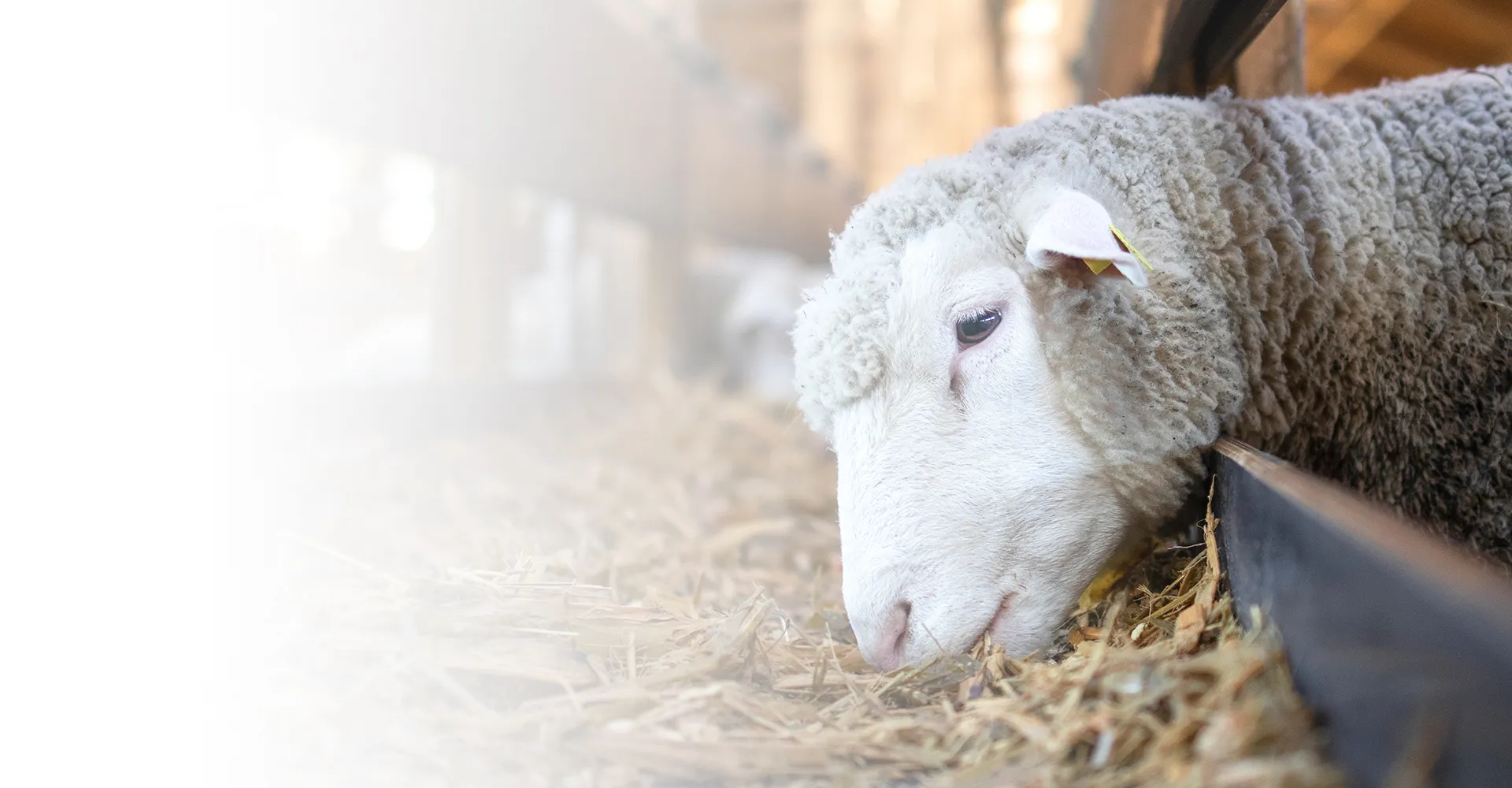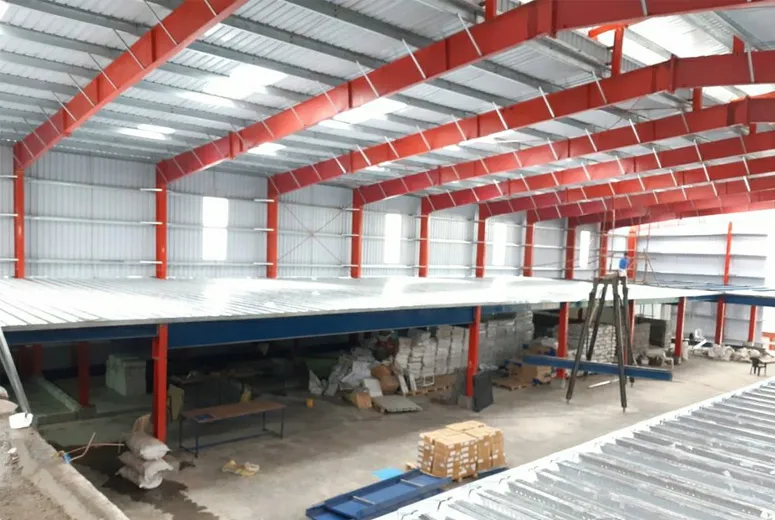Once treatment has begun, continuous monitoring is crucial to ensure the goat is responding positively. Observe the fecal consistency, energy levels, and overall behavior. If diarrhea continues for more than a day or if the goat shows any signs of severe dehydration or distress, immediate veterinary assistance is necessary.





